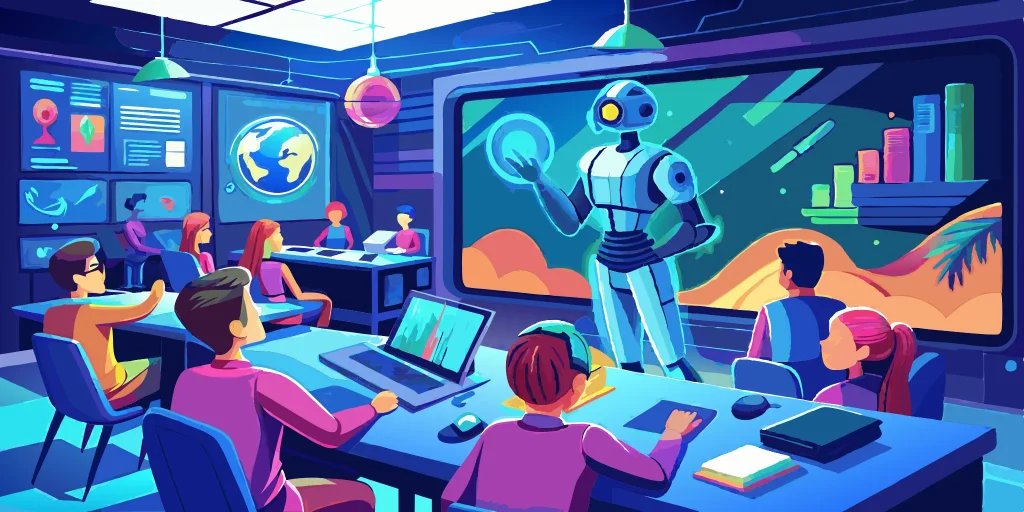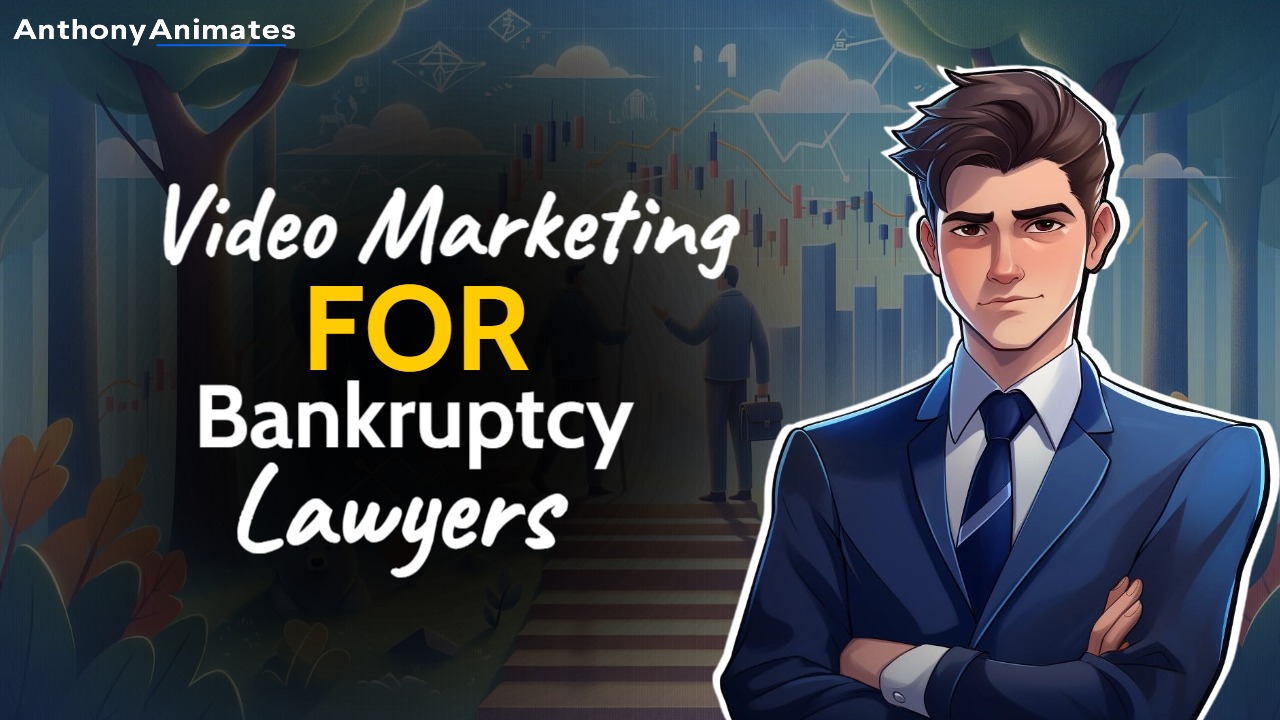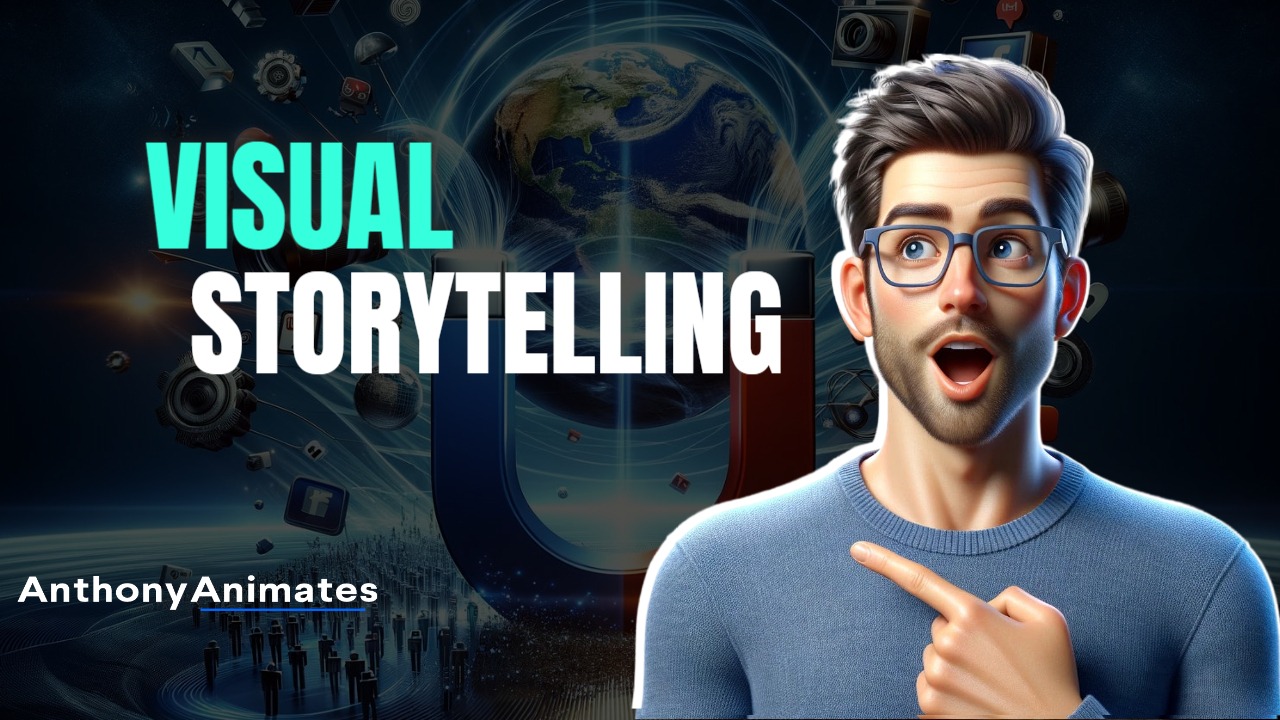Animation schools are buzzing with change as AI technology takes center stage. This shift is reshaping how students learn and create, offering new tools and techniques that could redefine animation as we know it. But with these advancements come questions about the balance between innovation and tradition. How do we embrace AI while preserving the artistic essence of animation? Let’s explore the evolving role of AI in animation education and what it means for students, educators, and the future of this creative field.
Key Takeaways
- AI's Growing Influence in Animation Education: AI tools are increasingly integrated into animation curricula, offering students new opportunities to enhance their skills while presenting challenges in maintaining traditional artistic techniques.
- Balancing Innovation with Tradition: The debate between AI and traditional skills highlights the need for educators and students to preserve creativity and artistic integrity while leveraging AI's capabilities.
- Preparing for an AI-Driven Future: Students should develop a diverse skill set, combining AI proficiency with foundational animation techniques, to stay competitive and adaptable in an evolving industry landscape.
Understanding the Integration of AI in Animation Education
The integration of AI in animation education is reshaping the way students learn and create. Schools are increasingly incorporating AI tools and techniques into their curricula, offering new opportunities for creativity while presenting unique challenges. According to a study, educators in animation and digital media disciplines have a positive outlook on AI's impact, particularly its ability to enhance creativity and efficiency.
AI's presence in education offers several benefits. For students, it provides access to advanced tools that can streamline certain processes, allowing more time for creative exploration. Educators can use these tools to teach complex concepts more effectively, preparing students for an industry that values both traditional skills and technological proficiency.
However, challenges arise in maintaining a balance between innovation and tradition. There's an ongoing debate about whether reliance on AI might undermine foundational artistic skills. Some educators express concerns about students becoming too dependent on technology, potentially at the expense of their creative development.
To navigate these waters successfully, schools must find ways to integrate AI without compromising the core values of animation education. This involves fostering an environment where students can learn both traditional techniques and modern technologies, ensuring they are well-equipped for future careers.
How AI is Transforming Animation Techniques
AI is revolutionizing animation by enhancing techniques that were once labor-intensive or technically demanding. Let's explore some specific ways AI is being used in this field:
Automating Repetitive Tasks
One significant advantage of using AI in animation is its ability to automate repetitive tasks like in-betweening—the process of creating intermediate frames between two images. This automation allows animators to focus on more creative aspects of their work without getting bogged down by tedious tasks. According to GeeksforGeeks, various tools are available that automate these processes while maintaining high-quality results.
Enhancing Rendering Processes
Rendering can be a time-consuming process requiring significant computational resources. AI optimizes rendering by making it faster and more efficient—crucial for both students learning the ropes and professionals working under tight deadlines. Tools like those mentioned by AI Animation Tools offer advanced algorithms that speed up rendering times without sacrificing quality.
The Debate: AI vs. Traditional Animation Skills
The debate between using AI versus relying solely on traditional animation skills continues to stir discussions among educators and professionals alike. While some argue that AI could replace human creativity, others emphasize preserving foundational skills as essential for artistic expression.
Preserving Artistic Integrity
Balancing the use of technology with traditional skills ensures artistic integrity remains at the forefront. As noted by Medium, human creativity still trumps algorithms when it comes to storytelling and artistic expression—a reminder of why maintaining these core abilities is vital despite technological advancements.
The Role of Educators
Educators play a crucial role in guiding students through this evolving landscape responsibly while emphasizing traditional techniques' value alongside new technologies like those discussed by AIgantic. By doing so, they prepare future animators who understand how best practices from both worlds can be combined effectively within their workspaces or projects alike!
Preparing Students for an AI-Driven Industry
The animation industry is evolving rapidly, and students aiming to build a career in this field must adapt to the increasing influence of AI. Embracing both technical and creative skills will be crucial for staying competitive. Here are some actionable steps students can take:
Building a Diverse Skill Set
To thrive in an AI-driven industry, it’s essential to develop a diverse skill set that includes both AI tools and traditional animation techniques. Learning how to use AI-powered tools like Adobe Sensei can help automate repetitive tasks, freeing up time for more creative endeavors. Meanwhile, mastering foundational skills such as drawing and storytelling ensures that the artistic essence of animation remains intact.
Students should consider enrolling in courses or workshops that offer training in both areas. This approach not only enhances versatility but also prepares them for various roles within the industry. As SAE's insights suggest, understanding how machine learning integrates with animation software can open new creative possibilities.
Staying Informed and Adaptable
Keeping up with industry trends is vital for any aspiring animator. The landscape is constantly changing with new technologies emerging regularly. Staying informed through resources like Microsoft Learn can help students acquire new AI skills at their own pace.
Adaptability is another key trait. By being open to learning new methods and technologies, students can position themselves as forward-thinking professionals ready to tackle future challenges in animation.
The Future of AI in Animation Education
As we look ahead, the role of AI in animation education will likely continue to expand, bringing about significant changes in how we learn and create.
Potential Advancements
Future advancements may include more sophisticated algorithms capable of generating lifelike animations or even interactive educational content enhanced by AI technology. As highlighted by Sora Video, these developments could revolutionize storytelling by making it more immersive and engaging.
Moreover, advancements such as realistic facial animations synced to audio are already being explored by startups like Humane, suggesting a future where technology seamlessly blends with artistic expression (Medium article).
Embracing Change
Adapting to these changes requires a mindset of openness and curiosity. While it's important to embrace technological advancements, preserving the core values of animation artistry remains crucial. Educators play a pivotal role here by guiding students on how best to integrate these innovations while maintaining creativity at their core.
By fostering an environment where traditional skills complement emerging technologies rather than compete against them, we can ensure that future generations are well-prepared for whatever lies ahead in this dynamic field.
Navigating the Intersection of AI and Animation
As we stand at the crossroads of technology and creativity, the integration of AI into animation education presents both exciting opportunities and significant challenges. Embracing AI can streamline processes and open new avenues for creative expression, yet it is crucial not to lose sight of the foundational skills that define true artistry. For students, educators, and professionals in the animation industry, striking this balance is key.
By developing a diverse skill set that includes both traditional techniques and AI proficiency, students can position themselves as versatile creators ready to tackle an evolving industry. Educators must guide this journey responsibly, ensuring that technological advancements enhance rather than overshadow artistic integrity.
Looking ahead, the future of animation education will likely see even more sophisticated AI tools transforming how we learn and create. However, maintaining a mindset of adaptability while preserving core artistic values will ensure that the heart of animation—storytelling through human creativity—remains vibrant.
In this ever-changing landscape, those who embrace both innovation and tradition will lead the charge in shaping an exciting future for animation. Let's continue to explore these possibilities with curiosity and commitment to our craft.
Related Articles
- Hire an Animator for Startup's Success – Explainer Video
- Hire an animator: A Comprehensive Guide – Anthony Animates
- Animated Marketing Videos: Boost Engagement Today
- Corporate Video Production Guide for Local Businesses
- education-video-marketing – Anthony Animates
Frequently Asked Questions
How is AI being integrated into animation education?
AI is increasingly being incorporated into animation curricula as schools aim to equip students with modern tools and techniques. This integration allows for the automation of repetitive tasks and enhances processes like rendering, giving students more time to focus on creative aspects of their projects. Educators are using AI to teach complex concepts more effectively, preparing students for an industry that values both traditional skills and technological proficiency.
What are the benefits and challenges of using AI in animation?
AI offers several benefits, such as streamlining labor-intensive processes and improving efficiency in rendering animations. However, challenges include maintaining a balance between embracing new technologies and preserving traditional artistic skills. There's also concern about over-reliance on AI potentially diminishing creative development.
Can AI replace traditional animation skills?
While AI can automate certain tasks and improve efficiency, it cannot fully replace the creativity and artistic expression inherent in traditional animation skills. Preserving these foundational techniques is essential for maintaining artistic integrity. Educators emphasize the importance of balancing AI use with traditional methods to ensure that creativity remains central in animation.
How can students prepare for an AI-driven future in animation?
Students should develop a diverse skill set by learning both AI tools and traditional animation techniques. Enrolling in courses that cover these areas can enhance versatility. Keeping up with industry trends through resources like workshops or online platforms is crucial for staying informed about new technologies. Adaptability is key—students should be open to learning new methods as they emerge.
What does the future hold for AI in animation education?
The future will likely see further advancements in AI technology that could revolutionize how we learn and create animations. Sophisticated algorithms may generate lifelike animations or interactive educational content, making storytelling more immersive. While embracing these changes is important, preserving core values of creativity and artistry will remain vital as technology continues to evolve within the field of animation education.


